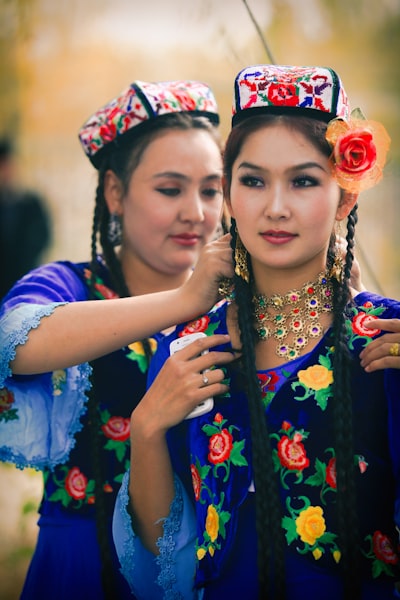Summary
Kazakhstan has enacted a law prohibiting public face coverings that hinder facial recognition, with specific exceptions for medical needs, inclement weather, and certain events. While the legislation avoids direct reference to religion or Islamic dress, the context and leadership statements suggest an aim to curtail garments like the niqab, echoing similar measures in Kyrgyzstan, Uzbekistan, and Tajikistan. President Tokayev justifies the move as an affirmation of Kazakh ethnic identity over external influences, encouraging the resurgence of traditional national clothing instead.
Analysis
The ban taps into a larger wave across Central Asia where post-Soviet states are defining national identities amidst religious pluralism and security concerns. Framed in secular and cultural language, the law sidesteps outright religious references, but the social subtext is clear: certain Islamic practices are viewed as incompatible with the nation’s vision of modernity and cohesion.
Underlying causes include fears of imported extremism and an official desire to foster a unified, recognizable national character. The law’s vagueness about what constitutes obstructive attire grants significant interpretive leeway to authorities, raising concerns over selective enforcement and marginalization of Muslim women who observe face veiling as part of their faith.
Ethically, the move pits communal security and national image against individual freedom and religious rights. The exclusion of religious terminology is arguably strategic, aiming to soften international criticism while appealing domestically to national pride. Still, it flirts with the risk of stigmatizing and eroding trust among practicing Muslims, deepening societal divides.
Discussion
The issue resonates far beyond Kazakhstan’s borders, as countries worldwide grapple with similar questions: How do states balance collective values with minority freedoms? Is secularism a shield for inclusivity or a sword of assimilation?
Central Asia’s legacy of Soviet secularism collides here with newer religious revivals, globalized identities, and regional security anxieties. The narrative that national dress is preferable because it emphasizes Kazakh identity reflects an impulse to manage diversity through cultural uniformity, rather than pluralism. While some may welcome such bans as empowering women or promoting social order, others see them as infringements on autonomy and expressions of cultural insecurity.
Will these laws ultimately foster greater cohesion, or seed resentment among those who feel targeted? How will Kazakhstan ensure that legal exemptions are fairly applied and that enforcement does not become arbitrary or discriminatory? The debate also invites reflection on the universality of rights: when local traditions and global norms differ, whose values take precedence?
As similar laws proliferate in the region, Kazakhstan’s policy both contributes to and exemplifies a pivotal moment in the negotiation between tradition, modernity, and the meaning of freedom in the 21st century.

Comments
No comments yet. Be the first to comment!